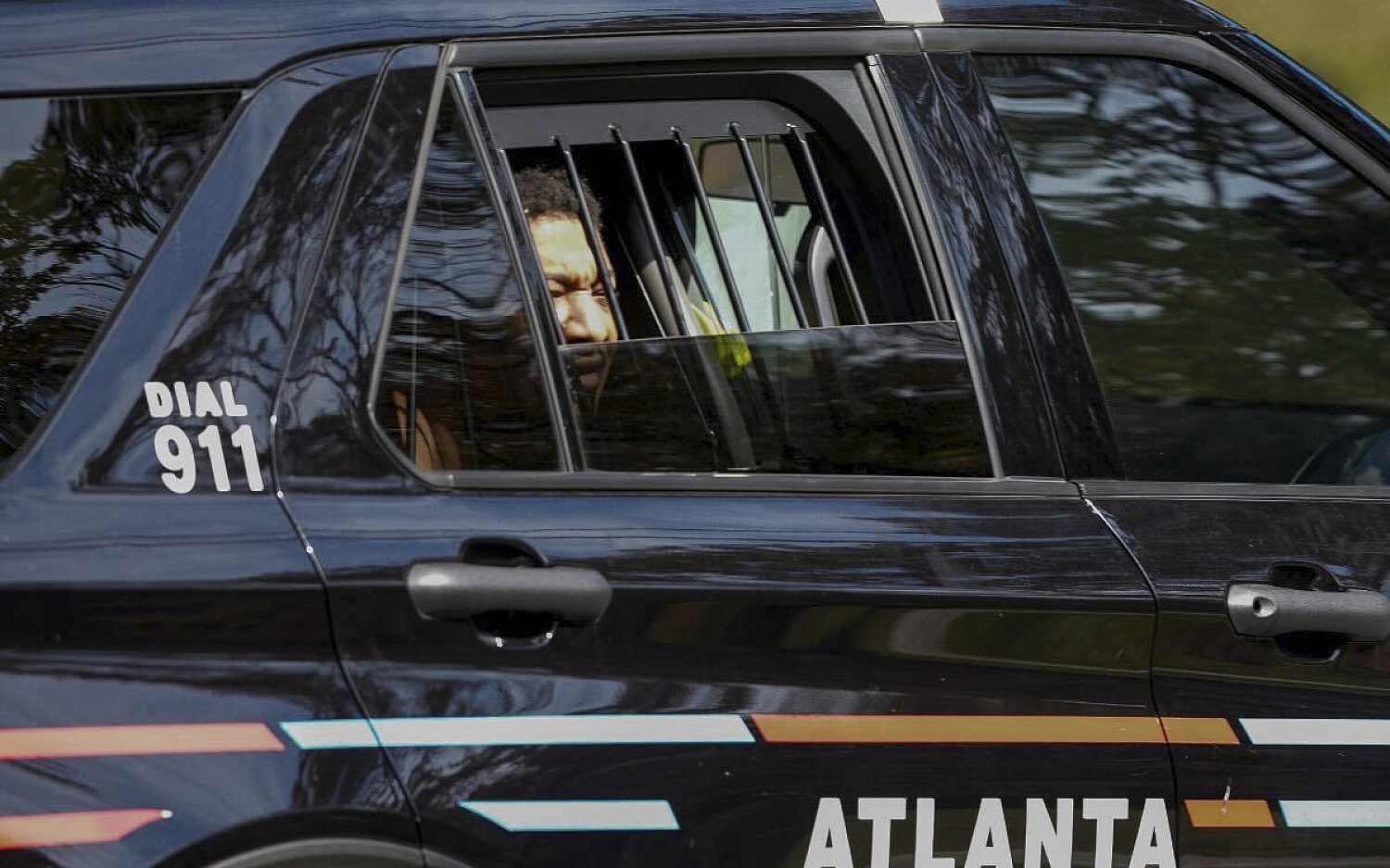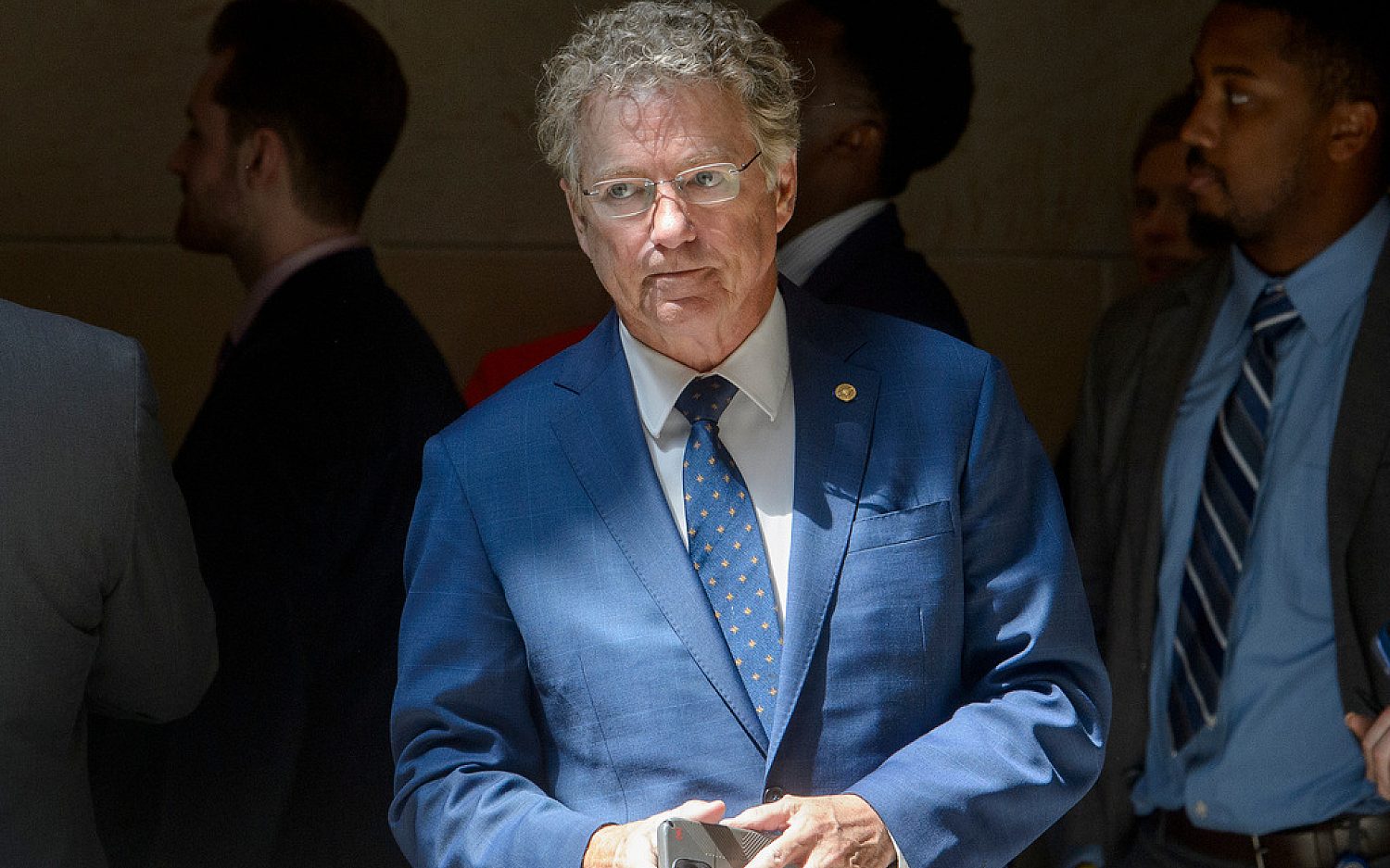Oakland girl's brain death divides pro-life camp
Medical experts disagree over whether Jahi McMath is still alive
The sad case of a brain-dead girl in Oakland, Calif., took a new turn on Sunday evening, when an ambulance transferred 13-year-old Jahi McMath to a long-term care facility. Although McMath’s family would not disclose the name of the facility, they say the girl will receive a tracheostomy and feeding tube. The move marks an end to a battle between the family and Children’s Hospital and Research Center Oakland, which had been attempting to remove life support from an unresponsive patient they consider to be dead.
“Jahi is free! Jahi is free! She is safely out of Children’s,” tweeted Christopher Dolan, the family’s lawyer, on Monday.
Over Christmas and New Year’s, the McMath case grabbed headlines and roused emotions from Americans, who either defended the hospital’s attempt to remove the girl’s ventilator or defended the family’s effort keep her organs alive. Pro-life advocates, too, are divided: Some compare the case to that of Terri Schiavo, who was dehydrated and starved to death in 2005 after a lengthy court battle. Others say the key difference for McMath is that she has irreversible brain death.
“Someone who’s truly brain-dead, barring a miracle, is not going to walk out of the hospital,” David Stevens, a doctor and CEO of the Christian Medical & Dental Associations, told me. “They’re not going to get better. The brain has ceased to function even though their body functions otherwise are being sustained by respirator,” and other medical tools.
Doctors declared McMath brain-dead Dec. 11, two days after she suffered complications from a tonsillectomy and other surgical procedures to treat sleep apnea. Since brain death is the legal standard for death, the hospital sought to remove McMath’s ventilator, even though her heart was still beating. The girl’s family objected, and asked a judge to block the hospital’s action.
Judge Evelio Grillo of Alameda County Superior Court forced the hospital to keep the ventilator in place long enough to allow McMath’s mother, Nailah Winkfield, to transfer the girl elsewhere.
Pro-life groups that have come to the family’s aid include the California-based Life Legal Defense Foundation and the Terri Schiavo Life & Hope Network, run by Bobby Schindler, Terri Schiavo’s brother.
“Families and individuals must make themselves aware of what so-called ‘brain death’ is and what it is not,” said Schindler in a statement. “Additionally, families and individuals must educate themselves regarding their rights as patients, [and regarding] the advance documentation that must be completed prior to any medical procedure.”
As of Monday, a GoFundMe.com fundraiser page set up for McMath had raised more than $50,000 from hundreds of donors, many anonymous.
But Stevens and some other pro-life advocates believe the battle over McMath’s life support is poorly chosen. Both the medical community and federal law recognize brain death as the most conclusive definition of death. Doctors verify it by performing a series of tests, such as by shining a light into a patient’s eye to see if the pupil dilates, and by checking if facial muscles respond to stimuli.
Stevens pointed out that McMath’s situation is not identical to that of Terri Schiavo, who could breathe on her own: “Nobody denied [Schiavo’s] brain was functioning. Damaged, but functioning, at a much lower level.”
In addition, in rare cases and with some medications, brain-damaged patients in a “persistent vegetative state” are known to awaken to consciousness. By contrast, Stevens said he knew of no case recognized by the medical community in which a brain-dead patient returned to life.
The American Academy of Neurology released new guidelines on determining brain death in 2010. “A brain death diagnosis is final and cannot be reversed. The
person will never awaken,” the academy states in a fact sheet for families.
In McMath’s case, multiple doctors have conducted tests to ensure the girl is indeed brain-dead. Since her brain stem is no longer controlling automatic body functions, the ventilator and other medical support are all that keep her organs functioning.
“Our technology brings great benefit, but also great burdens,” Stevens said. “This is one of them.”
Wesley J. Smith, a pro-life bioethics commentator who blogs at National Review Online, has also weighed in on the case. “Under the law, brain-dead is ‘dead’ when it connotes death by neurological criteria,” he wrote last month. “In such circumstances, if accurately determined, there is no legal right to continue life support of what is, essentially, a cadaver.”
Smith’s comments prompted a sharp response from Paul A. Byrne, a neonatologist, pediatrician, and the former president of the Catholic Medical Association. Byrne is the co-editor of Beyond Brain Death, a book arguing against a brain-based definition of death. “The ventilator won’t work on a corpse,” Byrne told an AP reporter. “In a corpse, the ventilator pushes the air in, but it won’t come out. Just the living person pushes the air out.”
The opponents of brain death are part of an “important conversation,” wrote Smith in response to Byrne. “But I am not convinced by their presentations. I’m just not.”
An actual newsletter worth subscribing to instead of just a collection of links. —Adam
Sign up to receive The Sift email newsletter each weekday morning for the latest headlines from WORLD’s breaking news team.





Please wait while we load the latest comments...
Comments
Please register, subscribe, or log in to comment on this article.